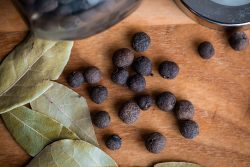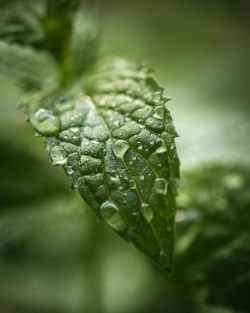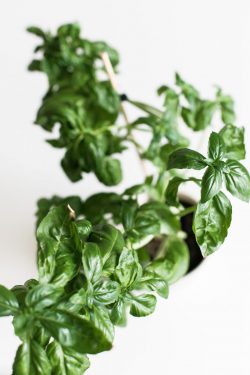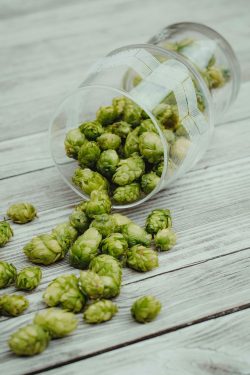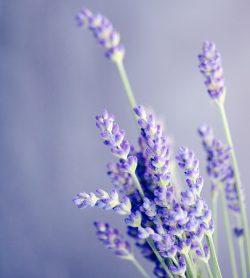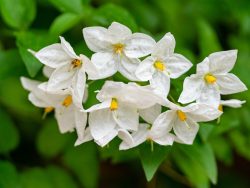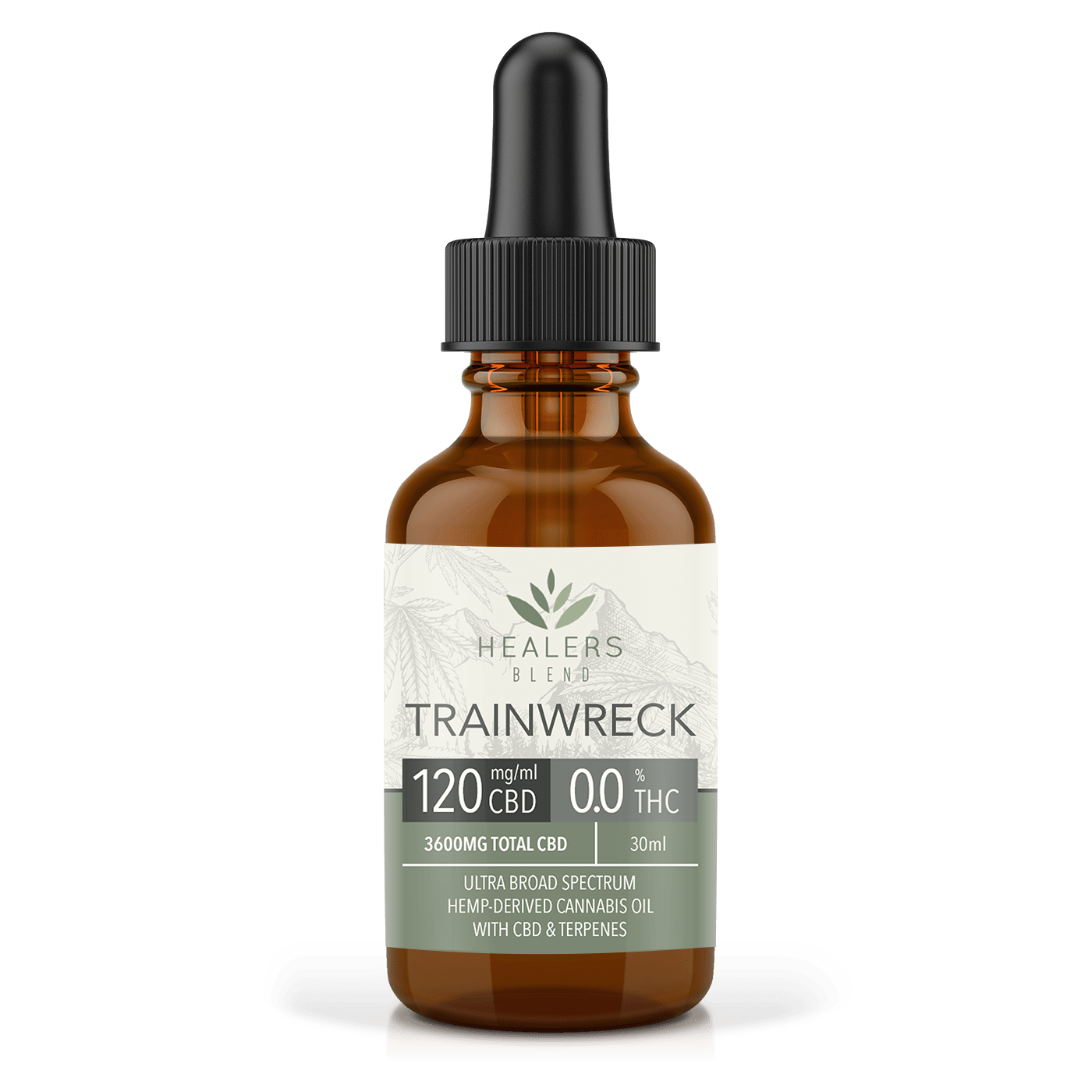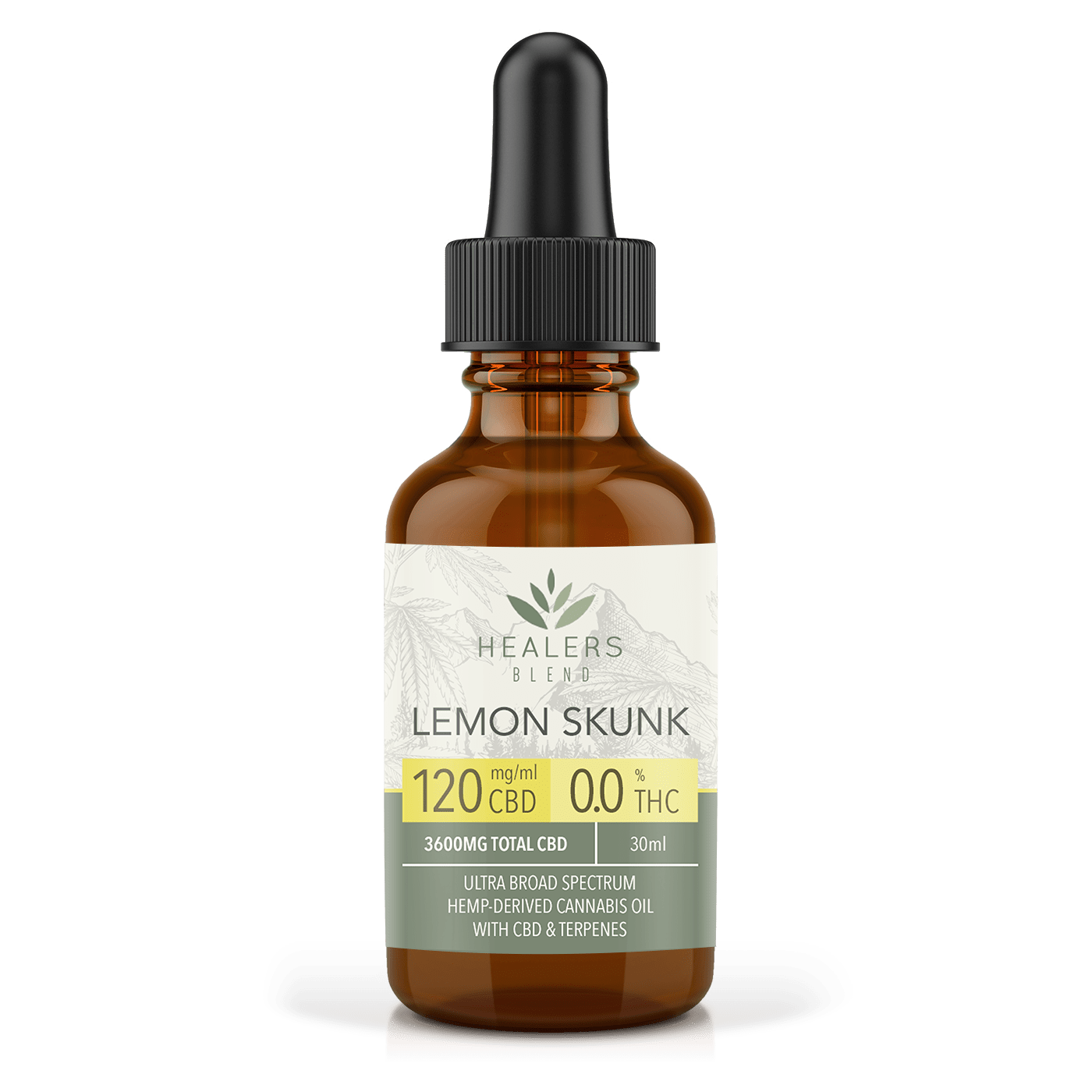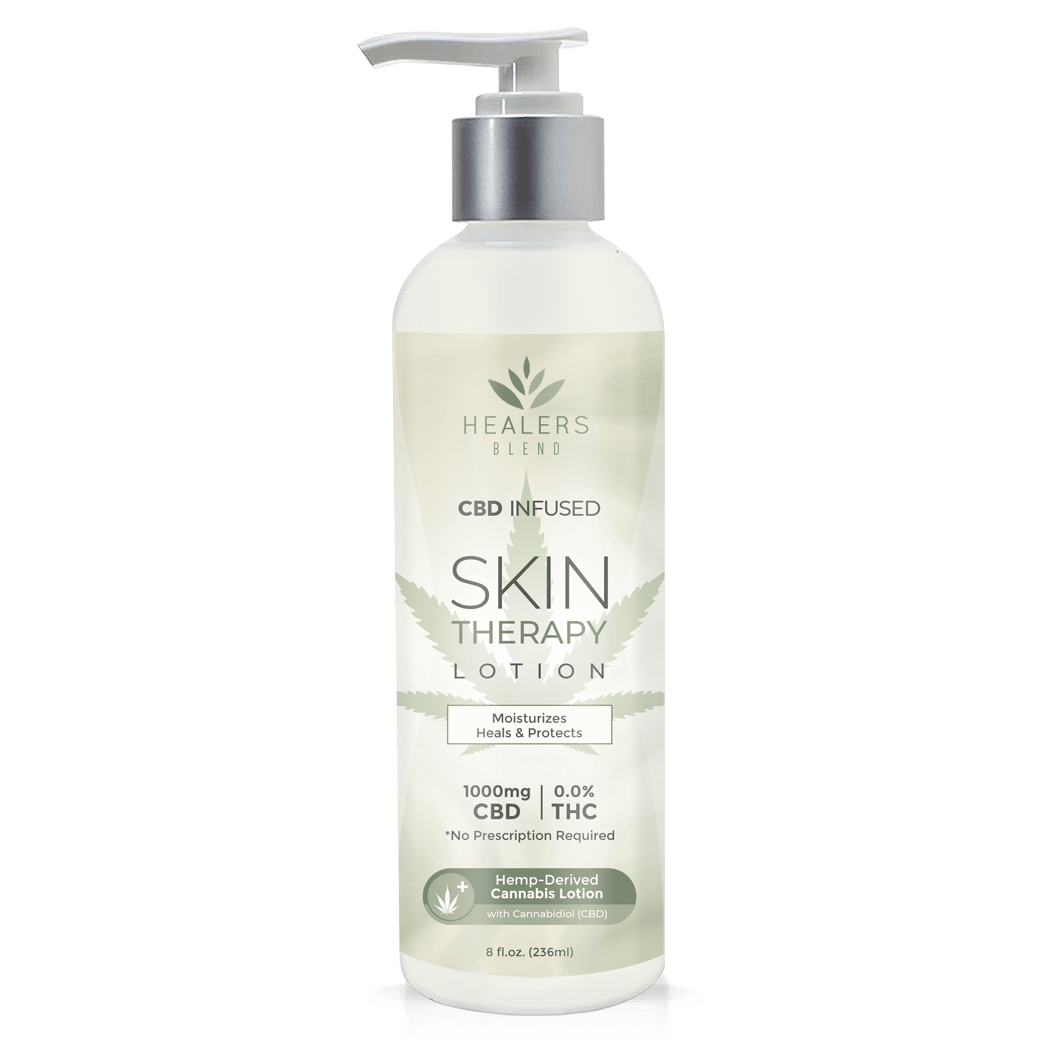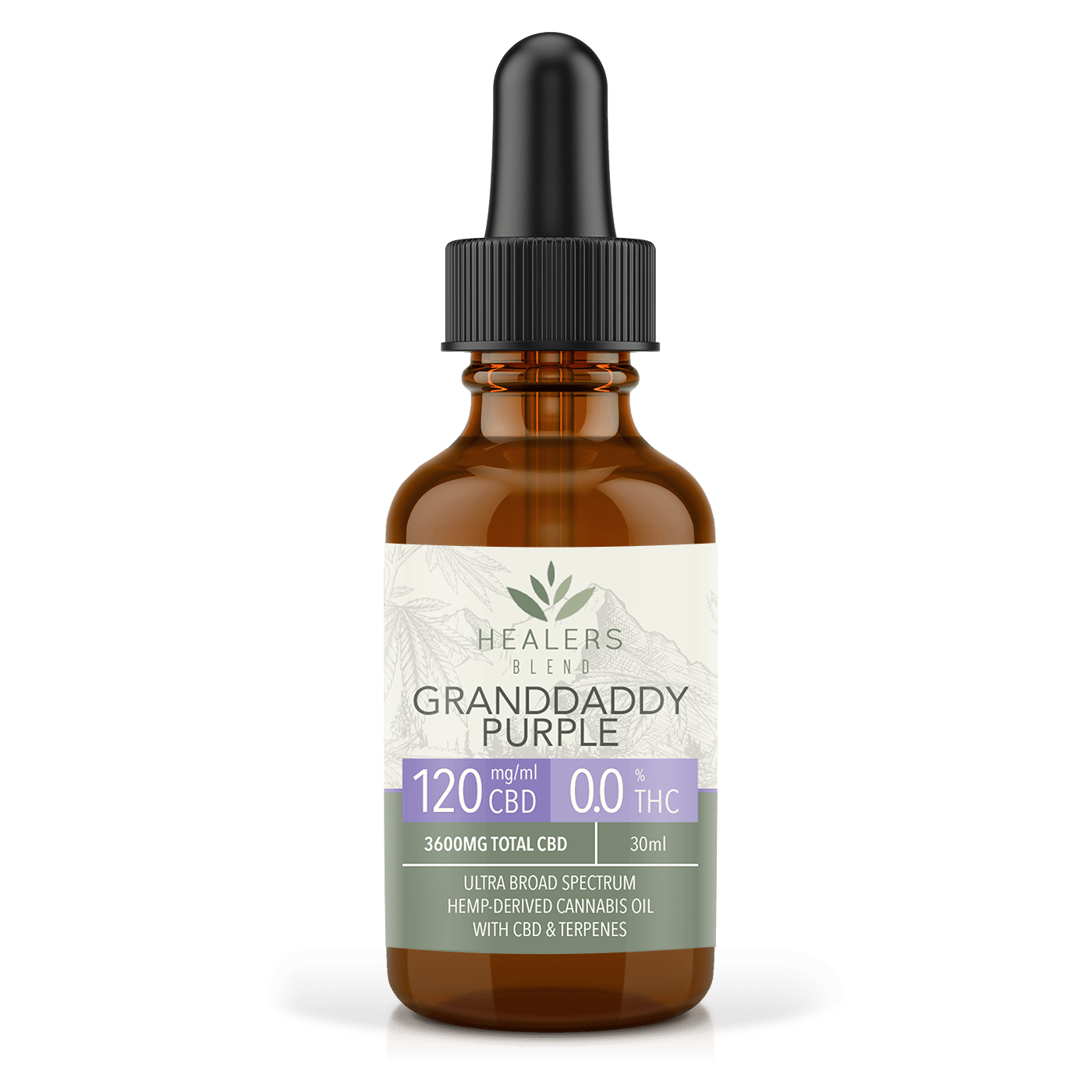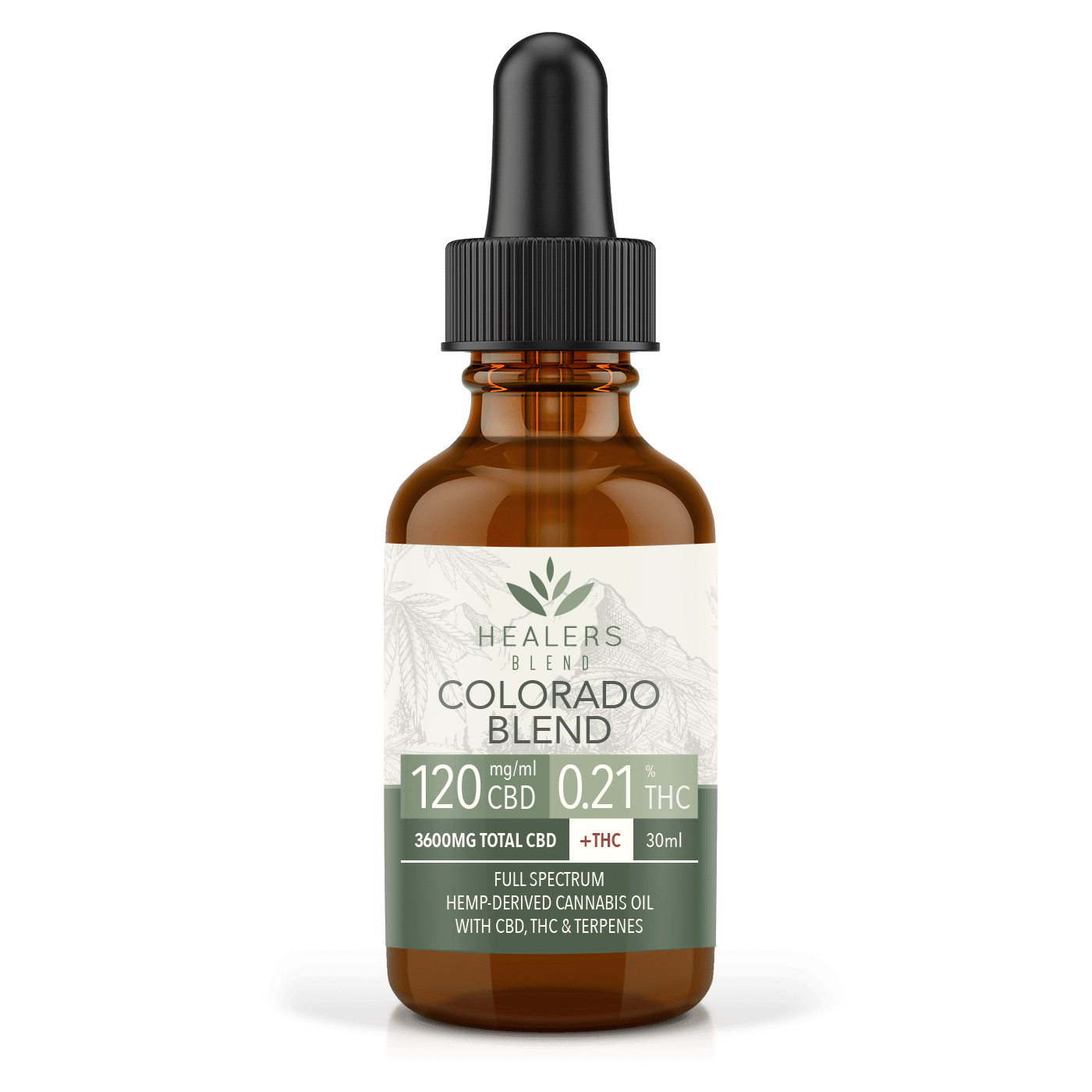Welcome to the Healers Blend Learning Lab! The information in these pages are designed for both the general consumer, as well as, health and medical practitioners seeking to expand their working knowledge of cannabis and the potential of cannabinoid based therapies. While we work to ensure the information in these pages and resources is accurate and up to date, we do not make any claims as to the veracity or totality of the information contained herein. Research into cannabis as medicine is ongoing and our understanding of its many potential benefits continues to grow everyday. Our hope is that you will find this information beneficial and inspiring in your own search to better understand the potential of this incredible plant to increase overall health, vitality, and well-being. CBD products are not approved by the FDA for the diagnosis, cure, mitigation, treatment, or prevention of any disease. We are restricted from making any claims about the efficacy of our specific CBD products to treat or cure any disease or medical conditions. You should always seek the advice of a physician before adding nutritional supplements to your diet. The following information is presented for educational purposes only. Healers Blend provides this information to provide an understanding of the potential applications of cannabidiol. Links to third party websites do not constitute an endorsement of these organizations by Healers Blend and none should be inferred.
Description:
Borneol is a bicyclic monoterpene with a balsamy, camphor, herbal, woody scent. Borneol is commonly used in asian traditional medicine. Borneol has demonstrated more potent effects than the local anesthetic, lidocaine, and can also be eaten for its analgesic effects. Borneol has acted as an anticoagulant in stroke models, and alleviates the mechanisms of proinflammatory cytokines in general. The terpene has induced fungicidal activity against several species of fungi. In addition, borneol has elucidated to help drugs cross the blood brain barrier at a higher rate than without borneol.
Effects
Analgesic
Anti-cancer
Anti-inflammatory
Antifibrosis
Antifungal
Anticoagulant
Drug Potentiator
Research
Analgesic
Borneol’s effect on the nicotinic acetylcholine receptor in cow adrenal chromaffin cells was investigated. Borneol was found to inhibit a nAChR agonist, DMPP. Sodium increase and secretion of norepinephrine were inhibited by the terpenol. The results showed borneol to be more potent than a commonly used local anesthetic, lidocaine.
Anticoagulant
Borneol’s anticoagulant effects were demonstrated through inhibitory effects on arterio-venous shunt and venous thrombosis. Also prolonged the coagulation parameters for prothrombin time (PT) and thrombin time (TT)were seen in blood samples.
In another study borneol’s effects were explored with stroke induced rats.Borneol was shown to significantly ameliorated ischemic. Reduced levels of pro-inflammatory mediators was also seen.
- The synergetic effect of edaravone and borneol in the rat model of ischemic stroke
- The Antithrombotic Effect of Borneol Related to Its Anticoagulant Property Read More: http://www.worldscientific.com/doi/abs/10.1142/S0192415X08006181
Anti-Fibrosis
Borneol was deduced to inhibit fibroblasts mitosis, collagen and TIMP-1 production. In addition, borneol had no cytotoxicity on mice oral fibroblasts.
Antifungal
Borneol was found to be non selective at inhibiting growth and development of reproductive stroma of the plant pathogens Colletotrichum acutatum, Colletotrichum fragariae, and Colletotrichum gloeosporioides. There was also significant antimycobacterial activity observed against Mycobacterium intracellulare.
Anti-Inflammatory
Human gingival fibroblasts were exposed to a compound to stimulate the release of pro-inflammatory interleukins IL-6 and IL-8. Upon borneol administration the release of these pro-inflammatory interleukins was found to be reduced by more than 50%.
Anti-cancer
Borneol was Elucidated to help increase the cellular uptake of two anti-cancer natural compounds selenocysteine and bisdemethoxycurcumin in liver cancer cells.
- Natural borneol enhances bisdemethoxycurcumin-induced cell cycle arrest in the G2/M phase through up-regulation of intracellular ROS in HepG2 cells
- Natural Borneol, a Monoterpenoid Compound, Potentiates Selenocystine-Induced Apoptosis in Human Hepatocellular Carcinoma Cells by Enhancement of Cellular Uptake and Activation of ROS-Mediated DNA Damage
Drug Potentiator
Passing the blood brain barrier is important in administering many drugs. Borneol was proven to help increase concentrations of a polar natural compound kaempferol in rat brains. The total concentration of drug increased 2.09 and 3.18 and the brain-to-blood distribution ratio increased by 48.68% and 57.97% .
A-Z Index of Terpenes:
-
Alpha Bisabolol
EFFECTS: Analgesic, Anti-cancer, Anti-inflammatory, Antifibrosis, Antifungal, Antocoagulant, Drug Potentiator.
Learn about Alpha Bisabolol »
-
Alpha Pinene
EFFECTS: Anti-bacterial, Anti-cancer, Anti-inflammatory, Bronchodilator, Memory Enhancer.
Learn about Alpha Pinene »
-
Beta Caryophyllene
EFFECTS: Analgesic, Anti-inflammatory, Antioxidant, Gastric-protective.
Learn about Beta Caryophyllene »
-
Beta Pinene
EFFECTS: Expectorant, Bronchodilator, Anti-inflammatory, Antiseptic.
Learn about Beta Pinene »
-
Borneol
EFFECTS: Analgesic, Anti-cancer, Anti-inflammatory, Antifibrosis, Antifungal, Antocoagulant, Drug Potentiator.
Learn about Borneol »
-
-
-
Eucalyptol
EFFECTS: Anti-Alzheimer's, Anti-Asthma, Anti-bacterial, Anti-cancer, Anti-inflammatory, Antioxidant.
Learn about Eucalyptol »
-
-
-
Limonene
EFFECTS: Anti-anxiety, Anti-cancer, Anti-inflammatory, Antidepressant.
Learn about Limonene »
-
Linalool
EFFECTS: Analgesic, Anti-anxiety, Anti-inflammatory, Anticonvulsant, Sedative.
Learn about Linalool »
-
-
-
-
-
-
Terpineol
EFFECTS: Antibacterial, Antioxidant, Anti-cancer, Sedative, Anti-inflammatory.
Learn about Terpineol »
-
-




